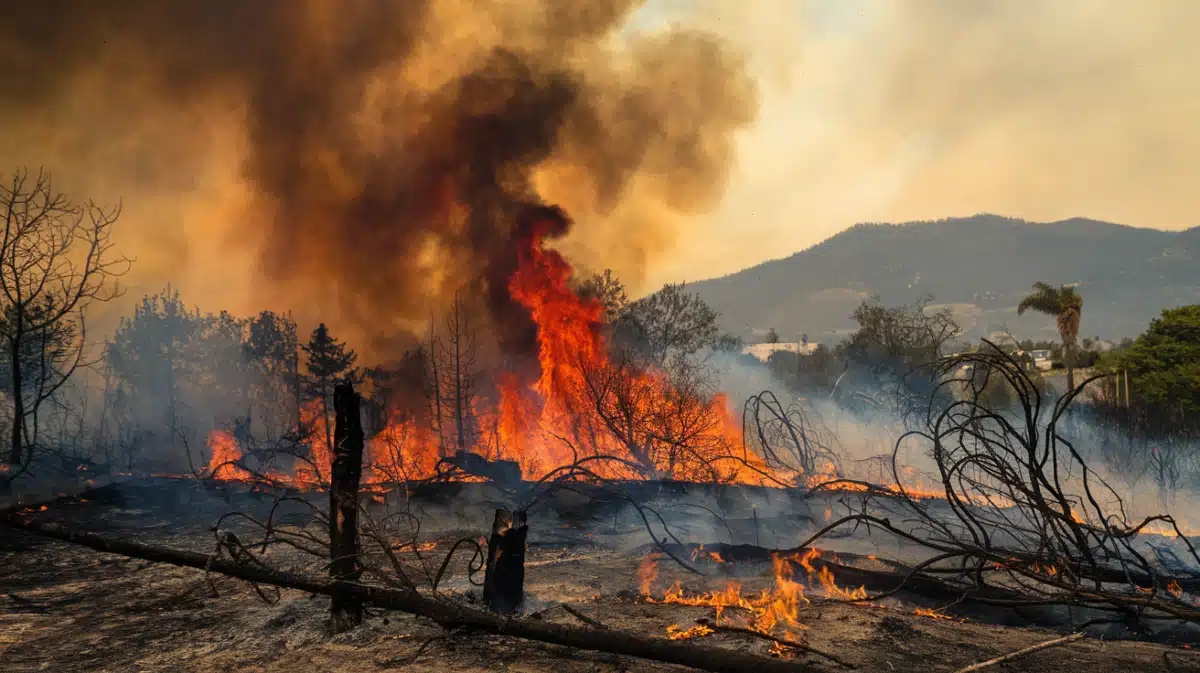A new study has uncovered that the wildfire suppressants widely used in the U.S. contain dangerous levels of heavy metals, including cadmium, arsenic, and chromium. These toxic substances, hidden in the suppressants’ undisclosed formulas, pose significant environmental and health risks.
The research highlights an unsettling reality: the government and chemical makers have long kept these contaminants under wraps, even though millions of gallons of the suppressants have been sprayed across wildfire zones.
The Hidden Dangers of Wildfire Suppressants
Firefighting aircraft have long relied on aerial firefighting techniques to combat devastating wildfires across the U.S., spraying millions of gallons of a pink-colored suppressant designed to coat vegetation and suppress flames. However, according to recent research conducted by the University of Southern California, these suppressants are not as benign as once thought.
The study found that they contain dangerous heavy metals, some up to 3,000 times higher than acceptable drinking water levels. These metals—cadmium, arsenic, and chromium—are not listed on product labels, as they are considered “trade secrets” by the chemical companies that manufacture the suppressants.
For years, the U.S. government and manufacturers have kept the ingredients of these substances hidden, despite growing concerns about their toxicity. This has prompted widespread environmental concerns, especially given that the suppressants are applied in both rural and residential areas. The study’s findings now confirm the presence of these hazardous metals, making it clear that aerial fire retardants are a significant, though underreported, source of pollution.
Environmental and Health Implications
The environmental impact of wildfire suppressants is far-reaching. According to the study, up to 440 million gallons of fire retardants have been sprayed between 2009 and 2021. The widespread use of these chemicals raises questions about their long-term effects on ecosystems and human health. The suppressants, a mixture of water, fertilizer, and undisclosed ingredients, can contaminate water sources and soil, impacting both wildlife and communities. As wildfires continue to grow in frequency and intensity, the risk of contamination may escalate further.
Daniel McCurry, one of the study’s co-authors, questioned whether current environmental standards for hazardous waste were sufficient for these chemicals, especially when used on such a massive scale in populated areas. While metal pollution from wildfires themselves has been documented, this new study shines a light on the previously overlooked role of firefighting chemicals in exacerbating the problem.
In response to these findings, some chemical producers have claimed that new “greener” versions of the suppressants are on the market, but as McCurry noted, the safety of these products has yet to be independently verified.









